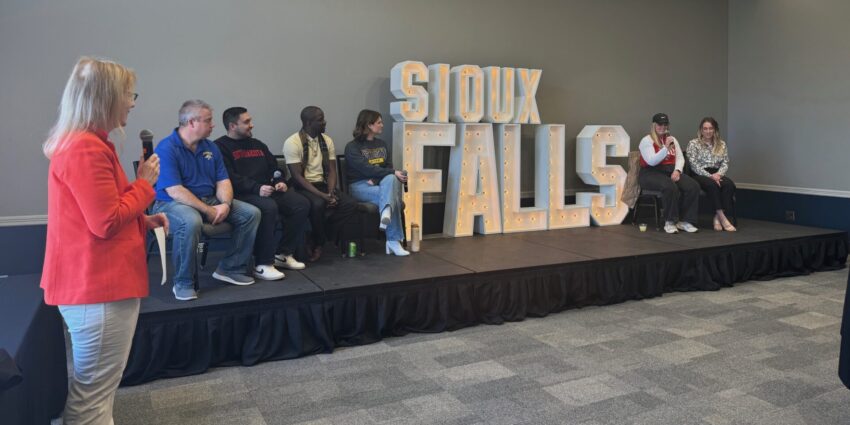Website accessibility: Is your business at risk?
April 5, 2018
This piece is presented by Woods, Fuller, Shultz & Smith P.C.
Title III of the Americans with Disabilities Act prohibits places of public accommodation from discriminating on the basis of disability in the full and equal enjoyment of goods, services, facilities, privileges, advantages or accommodations. Enacted in 1991, Title III does not address websites or mobile apps, and there has not been clear direction on whether a website constitutes a place of public accommodation.
In 1998, Congress began to require that federal agencies and their suppliers make their electronic and information technology accessible to people with disabilities. Under Section 508 of the Rehabilitation Act of 1973, agencies must give disabled employees and members of the public access to information that is comparable to access available to others.
In 2017, the standards were updated to incorporate the technical requirements of the Web Content Accessibility Guide, or WCAG 2.0, published by the International World Wide Web Consortium, or W3C. While the requirements included in WCAG 2.0 have become broadly adopted to ensure that a website is fully accessible, the W3C has announced that WCAG 2.1 likely will be released this year, addressing accessibility for low vision, learning and speech disabilities, and enhancing accessibility on smaller screens and touch screens.
In 2010, the Department of Justice began a rule-making proceeding to develop rules governing the application of the ADA to commercial websites. However, the DOJ recently placed website accessibility regulations on an inactive list, meaning regulations addressing website compliance aren’t expected anytime soon.
Is your website considered a place of public accommodation?
Title III outlines 12 categories of places of public accommodation. Most are bricks-and-mortar categories although the categories of sales and service are most likely to apply to a company website. Even if a website does not sell an actual good or service, it may be subject to the ADA or a comparable state law if the website facilitates a sale.
In 2017, over 800 lawsuits were filed in federal court around the issue of website accessibility. There were a series of rulings for plaintiffs, including a ruling against Winn-Dixie, which found that the grocer violated Title III of the ADA by having a website that was not usable by the plaintiff, who was blind and used screen reader software to access websites, download coupons, order prescriptions and find store locations. A three-year injunction was imposed, including mandates that Winn-Dixie must bring its website into compliance with the WCAG 2.0.
Compliance
If you believe your company website may be subject to the ADA, this may mean complying with some or all of the WCAG 2.0 guidelines:
- Perceivable: Information and user interface components must be presentable to users in ways they can perceive. Examples include accommodating large print, text alternatives for imagery or audio visual content and color contrast.
- Operable: User interface components and navigation must be operable. Examples include keyboard accessibility, using page titles and labels, and having multiple ways to access pages.
- Understandable: Information and the operation of user interface must be understandable. Examples include readable text — at lower secondary-education level — help text for form fields and perceivable error messaging.
- Robust: Content must be robust enough that it can be interpreted reliably by a wide variety of user agents, including assistive technologies. Examples include maximizing compatibility with assistive technologies.
Given the sharp increase in litigation in 2017 and lack of regulations from the Department of Justice, companies and organizations may be wise to ensure the accessibility of their websites.
While there are several free accessibility checkers available, these should be combined with a professional audit if possible.
Website design firms should incorporate compliance with WCAG 2.0 into their design work, as well as have the capacity to audit an existing website for accessibility.
Woods Fuller has experienced attorneys who can help you navigate an audit and any legal implications arising from the results. Visit woodsfuller.com to learn more.








